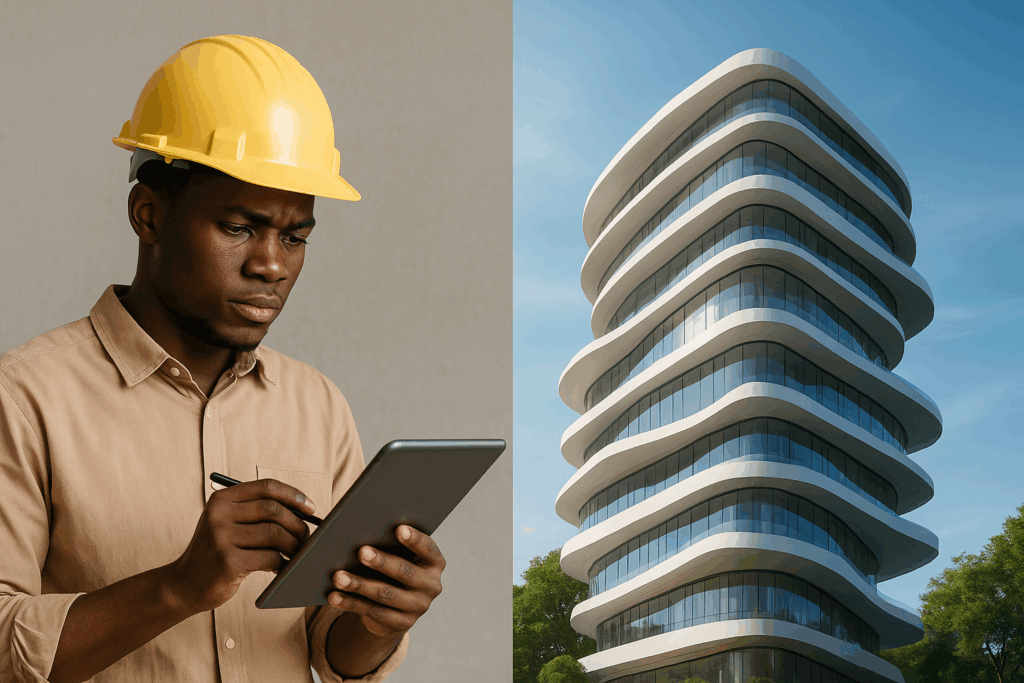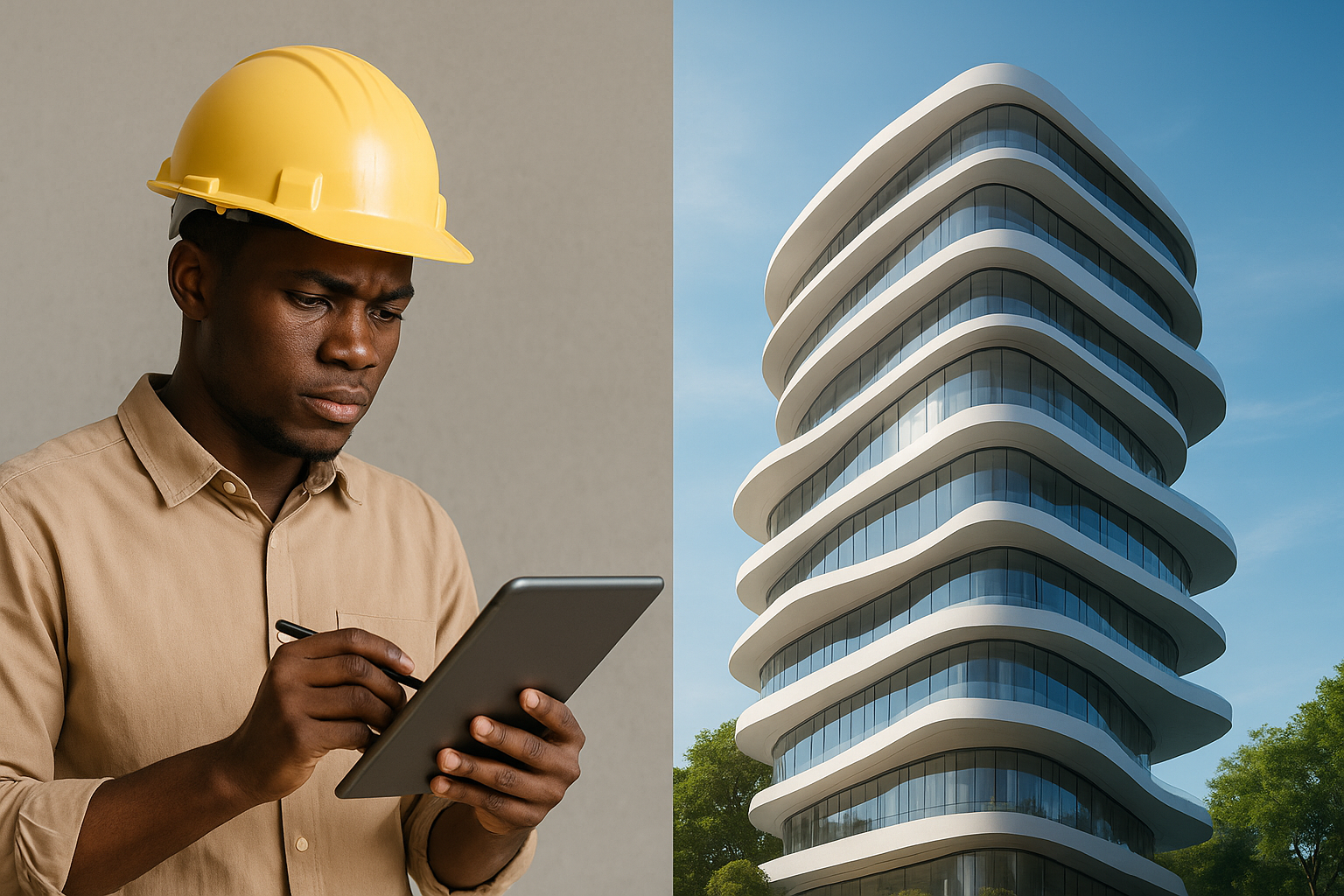Table of Contents
- The Shift in the Design World
- What Exactly Is AI Doing in Architecture?
- Should Architects Be Worried?
- Or Should They Be Excited?
- How AI and Creativity Work Together
- Learning to Design in the Age of AI — The Deseret Way
- Conclusion: The Human Touch Still Matters
The Shift in the Design World
Not long ago, architects spent nights hunched over drafting tables, sketching plans with pencils, rulers, and coffee-fueled focus. Fast forward to today, and the hum of computers has replaced the scratch of pencils.
Now, with Artificial Intelligence (AI) stepping into the scene, the design world is changing again and faster than anyone imagined.
From generating 3D models to optimizing energy efficiency, AI tools can now do things that once took designers days or even weeks. Some architects whisper that machines might one day replace them. Others see AI as the most exciting assistant they’ve ever had.
So, should architects be worried or excited?
What Exactly Is AI Doing in Architecture?
AI isn’t just about robots or science fiction. In architecture, it’s a smart system that learns from data, patterns, and human preferences to improve design decisions.
For example:
- AI can analyze building sites and suggest the best orientation for natural light and airflow.
- It can generate design options based on given parameters like budget, climate, or materials.
- Tools like Spacemaker AI, Midjourney, and ChatGPT for architects can even help visualize creative ideas faster.
- AI-driven rendering tools can turn simple sketches into photo-realistic images in minutes.
This doesn’t mean the architect is gone. It means the architect now has a powerful partner.

Should Architects Be Worried?
Let’s be honest: every technological leap brings fear. When CAD software arrived, people thought it would end hand-drawing. When Revit and 3D modeling became popular, many worried that design would lose its artistic soul. Yet, in every case, designers adapted and became even more skilled.
AI is no different. The only architects who should worry are those unwilling to learn new tools. Because AI won’t replace creativity, it will replace repetitive work. Tasks like generating plans, calculating space, or checking compliance can be done in seconds by AI.
But designing a space that feels like home? That still takes a human heart and imagination.
Or Should They Be Excited?
Now, imagine this: You’re designing a community center. You tell the AI your idea for a building that encourages connection and uses local materials. Within minutes, AI shows you 20 layout options, simulates sunlight movement across the walls, and even suggests sustainable material choices. You didn’t lose control, you gained time. Time to think deeply about purpose, culture, and experience.
That’s the power of AI: it takes away the heavy lifting so architects can focus on what truly matters — meaningful design.
How AI and Creativity Work Together
AI is like a calculator for creativity. It doesn’t replace thought; it enhances it. Here’s the secret: AI works best when guided by human emotion and intuition. It can’t feel the peace of a shaded courtyard or understand why a family might want an open kitchen. It needs designers to give it direction, personality, and story.

Learning to Design in the Age of AI — The Deseret Way
At Deseret School of Design, we prepare students for the future of architecture, not just the present. Our courses blend creativity, technology, and real-world application — from Architectural Design and Rendering (V-Ray & Lumion) to 3D Visualization using Revit and SketchUp.
Students learn not just how to use tools, but how to think like designers in an evolving digital world. They experiment with modern software, understand sustainable design, and develop the confidence to work alongside AI, not against it.
Because the future doesn’t belong to machines, it belongs to designers who can dream beyond them.
Conclusion: The Human Touch Still Matters
So, should architects be worried or excited?
The truth is — both. Worried enough to stay sharp. Excited enough to explore. AI is changing design, yes. But it’s also democratizing creativity, making tools accessible to more people, and turning imagination into reality faster than ever before.
The future of architecture isn’t about man or machine. It’s about man and machine, building together.





 Course Fees Increasing on January 01/01/2026 ! Enroll now at current rates before prices go up.
Course Fees Increasing on January 01/01/2026 ! Enroll now at current rates before prices go up.